Rhyme, that enslaved queen, that supreme charm of our poetry, that creator of our meter
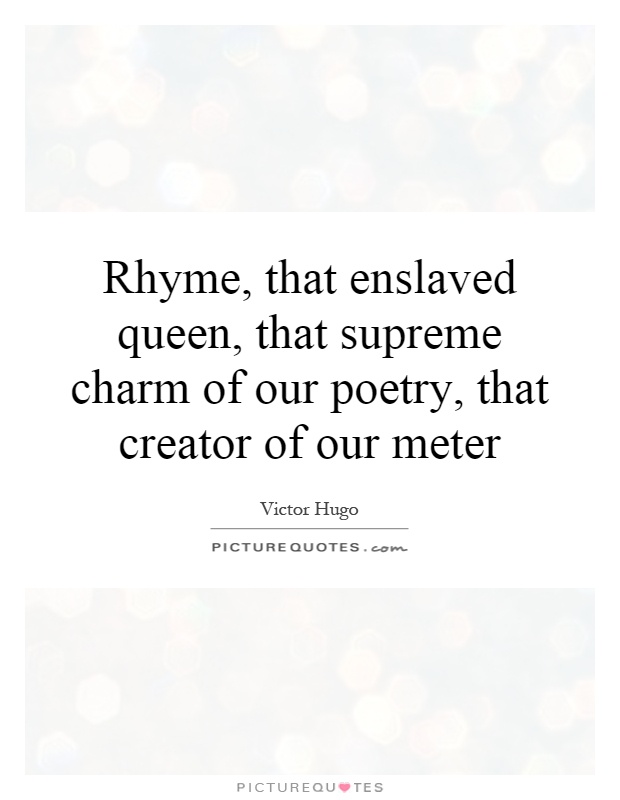
Rhyme, that enslaved queen, that supreme charm of our poetry, that creator of our meter
Victor Hugo, the renowned French poet, novelist, and playwright, was a master of language and a true pioneer in the world of literature. His works are filled with beautiful imagery, powerful emotions, and profound themes that have captivated readers for generations. One of the key elements that set Hugo apart as a poet was his use of rhyme, which he referred to as "that enslaved queen, that supreme charm of our poetry, that creator of our meter."Rhyme is a fundamental aspect of poetry, providing a sense of musicality and rhythm that enhances the overall impact of the words. Hugo understood the power of rhyme and used it to great effect in his poetry, creating verses that were not only aesthetically pleasing but also deeply meaningful. By carefully selecting words that not only sounded similar but also carried significant weight and emotion, Hugo was able to craft poems that resonated with readers on a profound level.
In Hugo's view, rhyme was more than just a stylistic choice – it was a vital component of the poetic process. He believed that rhyme had the ability to elevate language to a higher plane, allowing poets to express complex ideas and emotions in a way that was both beautiful and accessible. By using rhyme to create a sense of unity and coherence in his poems, Hugo was able to draw readers in and immerse them in the world he had created.
Hugo's mastery of rhyme can be seen in many of his most famous works, such as "Les Contemplations" and "Les Misérables." In these poems, Hugo uses rhyme to create a sense of harmony and balance, drawing readers into the emotional core of the piece and allowing them to experience the full impact of his words. Through his skillful use of rhyme, Hugo was able to create a body of work that continues to inspire and move readers to this day.
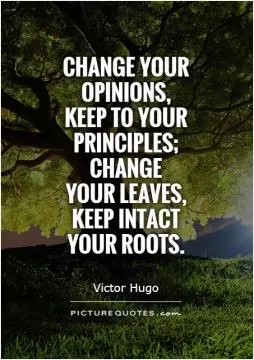
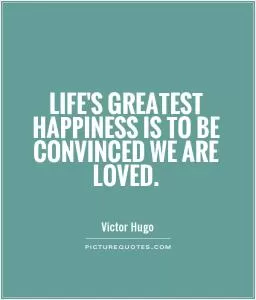

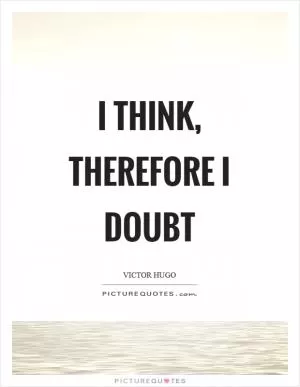
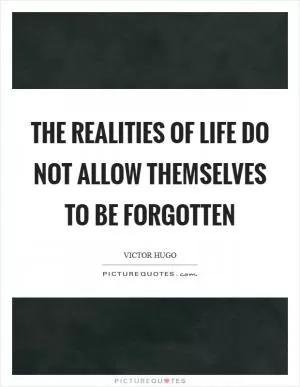
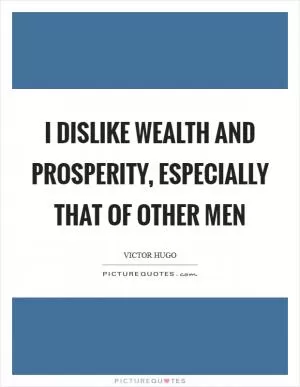
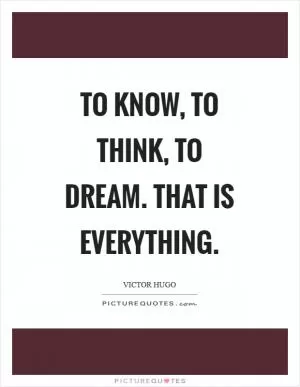
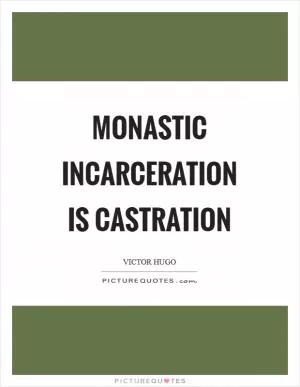
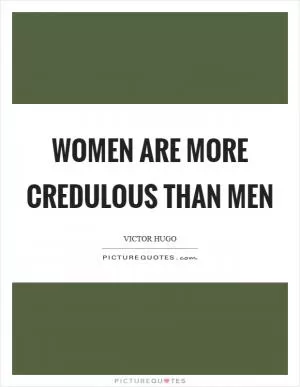

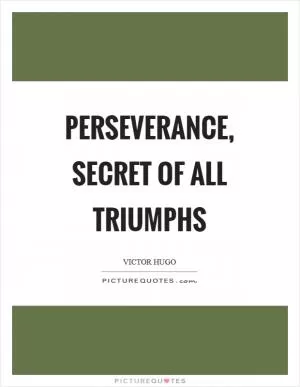
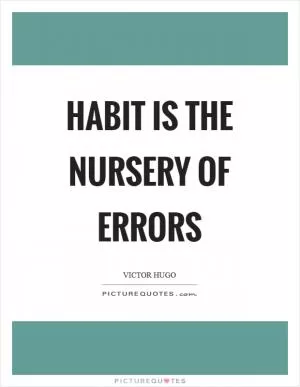
 Friendship Quotes
Friendship Quotes Love Quotes
Love Quotes Life Quotes
Life Quotes Funny Quotes
Funny Quotes Motivational Quotes
Motivational Quotes Inspirational Quotes
Inspirational Quotes